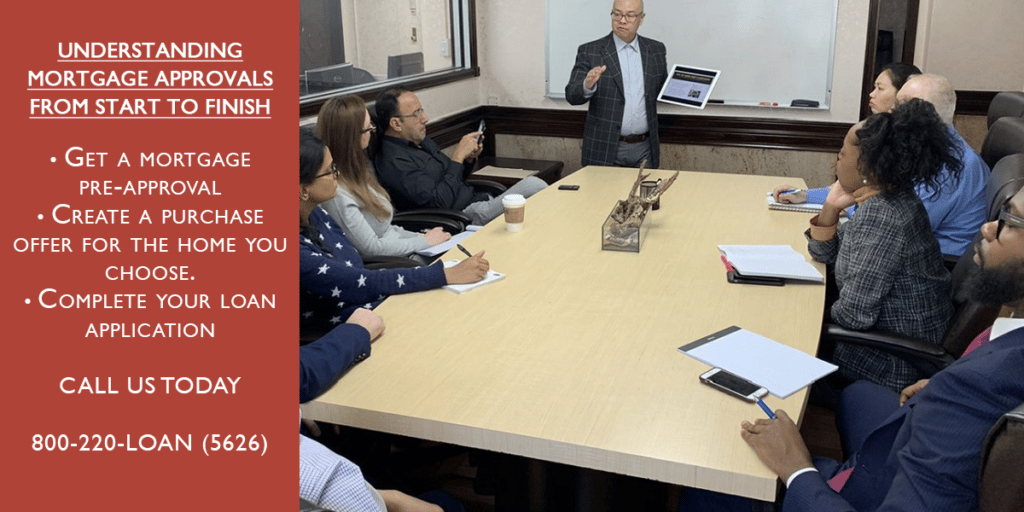
House-hunting is fun! Dealing with mortgage approvals, denials and documents is not. Unfortunately, if you ignore the mortgage process, it won’t disappear. You need to power through the paperwork to arrive at your ultimate goal of homeownership.
The mortgage process is exponentially easier if you know what’s coming. While every situation is different, there are specific steps that all buyers need to go through. Today we’ll explain (in easy-to-understand terms, of course) the tasks you’ll need to complete before you take the keys to your new home.
Step #1: Get a mortgage pre-approval.
A mortgage pre-approval doesn’t guarantee you’ll receive a loan, but it indicates that you are a serious buyer with the funds to follow through with your transaction. In our eyes, they are a non-negotiable way to stay competitive in the real estate market. At pre-approval time, be prepared to provide:
- Your last three months of bank statements.
- Proof of income.
- Your last two years of federal tax returns.
If the loan processor and underwriter grant you a pre-approval, you’ll receive a letter stating how much money you might qualify to borrow.
Step #2: Create a purchase offer for the home you choose.
Once you find a home that checks all your boxes, your real estate agent will help you devise an attractive purchase offer. It will include:
- The amount you intend to pay.
- Inspections.
- Contingencies.
- Your earnest money amount.
Step #3: Complete your loan application.
Didn’t you already do this during the pre-approval process? You’ll need to do it again with updated information to get your official mortgage approval. Be ready to go with this info:
- Your name
- Your social security number
- Income verification
- The property’s address
- The property’s sale price
- The amount of money you plan to borrow
This is a great time to chat with a loan officer about how much to put down and the types of mortgage programs available.
Step #4: Receive your loan estimate.
Within three days of submitting your application, you’ll receive a loan estimate that specifies your closing costs, interest rate and monthly payments. If everything checks out, notify the lender so they can begin processing your loan.
Step #5: A mortgage professional begins processing your loan.
By this time, a file exists with all of your loan information. A loan processor will methodically review it for missing documents, errors and discrepancies. After the loan processor completes your file, they send it to an underwriter who makes the final call on your mortgage approval.
Step #6: Loan professionals make an approval decision.
The underwriter has the power to make one of three decisions regarding your loan: They can approve it, conditionally approve it or deny it, depending on the results of their analysis. Underwriters usually use an automated system to review your information, but some still take a manual approach.
Contact Us Today!
Do you have questions about the mortgage process? Contact MortgageDepot today to learn what to expect based on your unique situation.
Connect with one of our loan consultants for more information.


